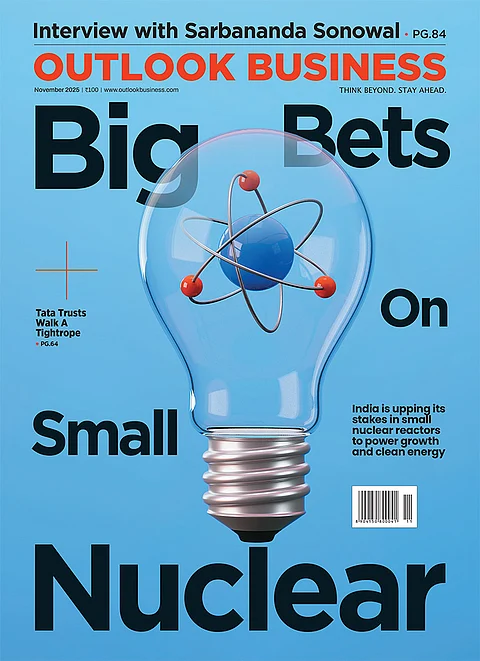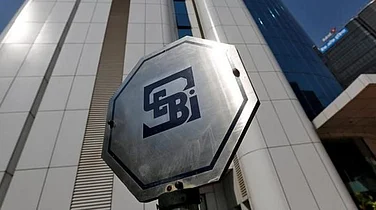With no sight of inflation coming down in the coming months, the consumers have become more price-sensitive while purchasing items of everyday importance. Inflation has not only burdened the pockets of buyers but has also put pressure on manufacturing companies. As the industrial production remained sombre at 1.9 per cent in March this year owing to the poor performance of the manufacturing sector, FMCG companies are trying pretty hard to survive inflation. In order to weave their way out from the problem of inflation, some went with the natural route of increasing prices, while others mainly major industry players have now opted for ‘Shrinkflation’—a combination of the works shrink and inflation.
What Is Shrinkflation?
‘Shrinkflation,’—which was first coined by the British Economist Pippa Malmgren means downsizing the size, quantity, or quality of the product without increasing the costs. It is one of the most common strategies by companies, without getting noticed by the consumers, to manage their finance. With an increase in inflation, the input costs for manufacture and supply of the products on the company have also increased. Companies are aware that an increase in the prices of the products, would likely make the customers opt out of purchasing the product or turn to a cheaper alternative. In order to ensure that the customer base remains intact, companies reduce the quality, quantity, and size of the products hoping that the customers would not notice it, without changing the price.
Indian Brands That Have Opted For Shrinkflation
In India, major industry players like Dabur, Hindustan Unilever, Nestle, Britannia, Coca Cola, Pepsi Co, and P&G have opted for Shrinkflation. From snacks, chocolates, to bar soap, everything is undergoing ‘Shrinkflation.’ For example, Haldiram has reduced the weight of its 55 gram of Aloo Bhujia packet to 42 gm, while Nestle has reduced the weight of its earlier 80 gram of Maggi to 55 gram. Even soap brands like Vim have reduced the size of their soap from 155 gram to 135 gram.
According to reports, these companies are of the view that Shrinkflation helps them to bear the brunt of higher input costs. Notably, the retail inflation for April surged to eight-year high of 7.8 per cent, while the inflation in the food basket touched 7.86 per cent in April. This was above the RBI’s tolerance limit of 6 per cent.
Aditi Nayyar, the Chief Economist at ICRA, has attributed an increase in price hike to the current geopolitical crisis such as Russia-Ukraine War, as well as an export ban from Indonesia.
“The jump in food inflation was largely on expected lines. The early data for May 2022 revealed a continued sequential uptrend in the average prices of edible oils, atta and wheat, reflecting the fallout of global supply disruptions triggered by the geopolitical conflict, including the palm oil export ban by Indonesia,” Nayyar said.
“ Moreover, there has been an uptick in the average prices of some vegetables (tomatoes, potatoes, ginger, etc.), iodized salt, and fruits (apples, papaya, etc.) in the ongoing month, even as the prices of pulses have eased, relative to April 2022,” she added.
Analysts are of the view that since customer sentiments are cost-intensive, it becomes easier for companies and brands to manipulate the size, quality, and quantity of products, as customers rarely notice such change.
Meanwhile, Shrinkflation has become a global trend with several US-based restaurants/eateries opting to manage their accounts, amidst the soaring inflation. According to a Bloomberg report, in the US, famous eatery brands like Subway, Pizza, Dominos, and Dunkin have opted for Shrinkflation to manage their account books.
Without compromising the quality or the cost, these brands have reduced the quantity or size of food. For example, Dominos has cut down the amount of 10 boneless chicken wings to eight boneless chicken wings for the same price. Similarly, while Burger King has reduced the number of chicken nuggets in its meals, the salads offered by some US eateries are two ounces lighter. In the US, the inflation touched a record-high of 8.3 per cent in April, with the prices of products increasing by 7.9 per cent in the last 12 months.
Consumer Durables To Get Costlier
Notably, as the FMCG companies are opting for Shrinkflation, consumer durable companies are running out of options and are likely to undertake 3 to 5 per cent price hike from May end. The Consumer Electronics And Appliances Manufacturer Association has attributed the depreciating rupee to be the main cause of the increase in the prices, apart from the supply crunch of raw materials owing to the Russia-Ukraine war. The rupee plunged to its lowest of 77.63 against US Dollars, owing to consistent selling of Indian equities by foreign portfolio investors (FPIs).
No Respite In Sight
In order to curtail inflation, the Monetary Policy Committee of the Reserve Bank of India, in a surprise move earlier this month, hiked the repo rate by 40 basis points to 4.40 per cent, after a hiatus of 45 months since August 2018. The rate hike was long overdue as several of its peers including the US Fed have already raised the rates in the past few months.
Following RBI’s rate hike, most Indian banks have also increased their lending rates, thus hiking the home loan and car loan cost for the buyers. According to reports, another rate hike by the RBI is possible at the MPC meeting next month to manage inflation, which is likely to increase in coming months.





_(1)_570_850_1642119121.jpg?w=801&auto=format%2Ccompress&fit=max&format=webp&dpr=1.0)























